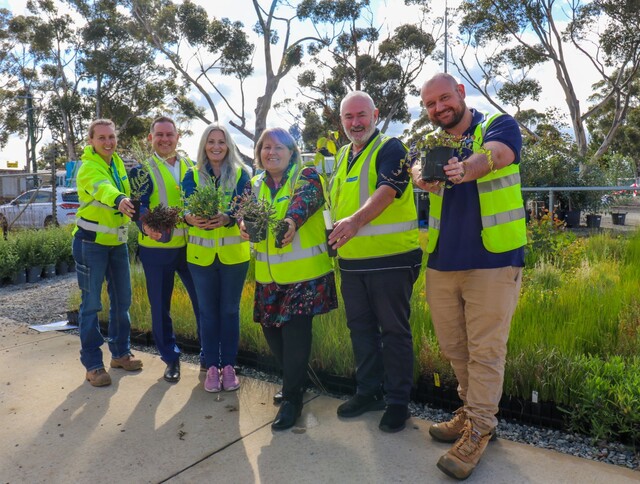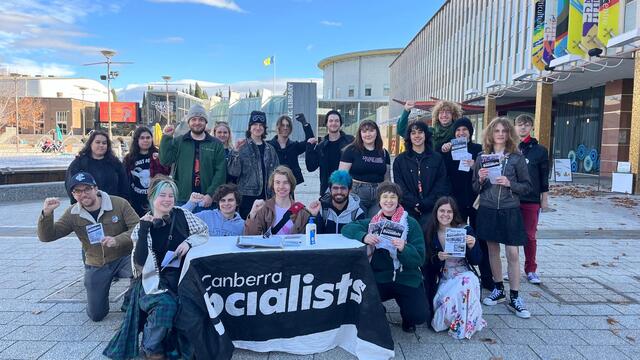The long awaited response by the Australian Government to the Fair Share Report was tabled in Federal Parliament on 22 June. With cost shifting to Councils estimated to be between $500 million and $1.1 billion per year, official confirmation by the Federal Government that it will support many of the key recommendations of the Hawker Fair Share Report, particularly an Intergovernmental Agreement (IGA), has been welcomed by Local Government around the nation.
When tabled in Parliament in November 2003, the Fair Share Report heralded the possibility of a new approach for intergovernmental responsibilities and funding allocation. Bipartisan support for key recommendations provided much optimism that a new era was in the making. The Australian Government’s long time in responding was a concern, but now it has come, the real work is ahead.
Anticipating that the Howard Government would move in some of the Hawker Report’s major recommendations, former Minister for Local Government, Senator Ian Campbell, and now current Minister, Jim Lloyd, have already set things moving. Through a series of meetings involving State and Territory Local Government Ministers and the Australian Local Government Association (ALGA), and chaired by Victorian Minister, Candy Broad, progress on an IGA has been underway for some months. Their next meeting is scheduled for 4 August.
ALGA President, Councillor Paul Bell, says that the challenge for Local Government is to make sure that the IGA has teeth. He said that, if in the future, any sphere of government is able to take funds from Local Government then nothing will have been achieved. The ALGA aims to ensure if other spheres of government want Local Government to take on new responsibilities, these must be adequately funded. Put simply all spheres of government must, through the IGA, agree not to cost shift to another sphere.
A second key aspect of the Australian Government’s response to the Hawker Report is that it will ask the Productivity Commission to investigate all revenue streams available to Local Government. Minister Lloyd has said that this study will ‘identify where they (Councils) are unfairly impeded from accessing the resources they need to service their communities in the 21st century’.
In a joint press release with the ALGA, the Minister said that he will work with ALGA to draw up the terms of reference for this Productivity Commission study. In this regard, ALGA rightly argues that all revenue sources need to be examined, and this must include the adequacy of Local Government’s key source of funding from the Federal Government, Financial Assistance Grants (FAGs).
ALGA is continuing to lobby for a percentage of all Commonwealth tax revenue. Setting this at a minimum of one per cent, this would deliver an in built growth factor currently denied to Councils under the FAGs system. ALGA President, Paul Bell, recently pointed out to delegates at the Tasmanian Local Government Annual Conference that when the Howard Government come to office, FAGs equated to one per cent of total taxation. Now it has fallen to 0.7 per cent. He said that Local Government is on the slide and this must be reversed. Overlooked in the divide up of the GST cake, and in some States, a share of National Competition Policy funding, if the Fair Share Report is to mean anything then a ‘fair share’ of Commonwealth tax revenue must be a non negotiable item.
Although work is well underway on the IGA, at the end of the day, ensuring all spheres of government sign up to it is the next hurdle. ALGA, through its State Associations, is working closely with State and Territory Governments to ensure there is an across the board support for an IGA which ensures funding matches functions and responsibilities. Political point scoring and Party politics, particularly with the now well entrenched Liberal/National Party Coalition Federal Government and just as strongly entrenched State and Territory Labor Governments, must not be allowed to derail this process.
Local Government being closest to the community, and thus representative of a wide range of viewpoints, must ensure that, at the end of the day, the best possible result is delivered for local communities – the constituents (and voters with good memories) for all spheres of government. We can only hope that good sense and a spirit of real cooperation will help shape a better funding model that can deliver stronger, more vibrant local communities as they compete in a global economy while balancing issues of sustainability and fairness.







